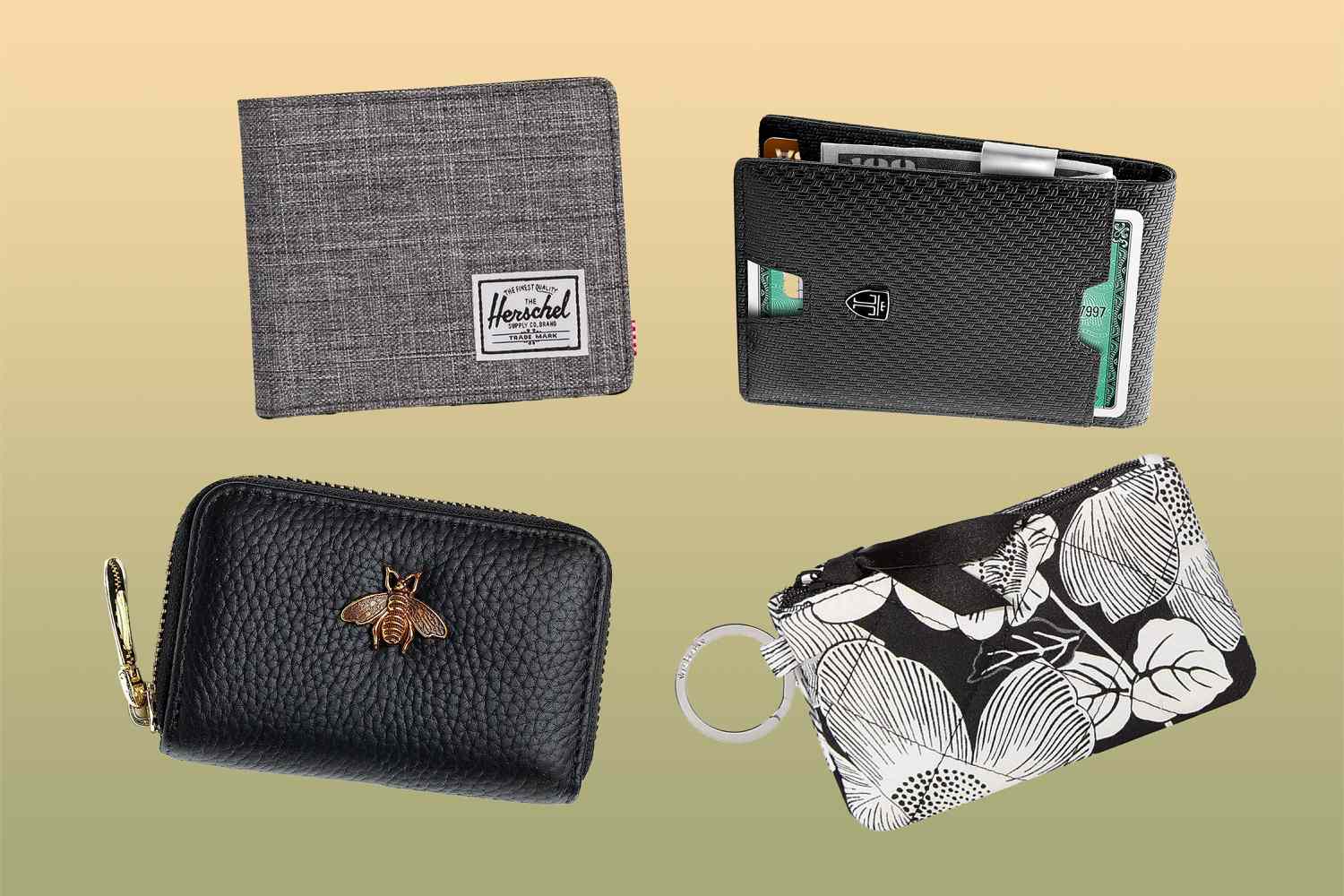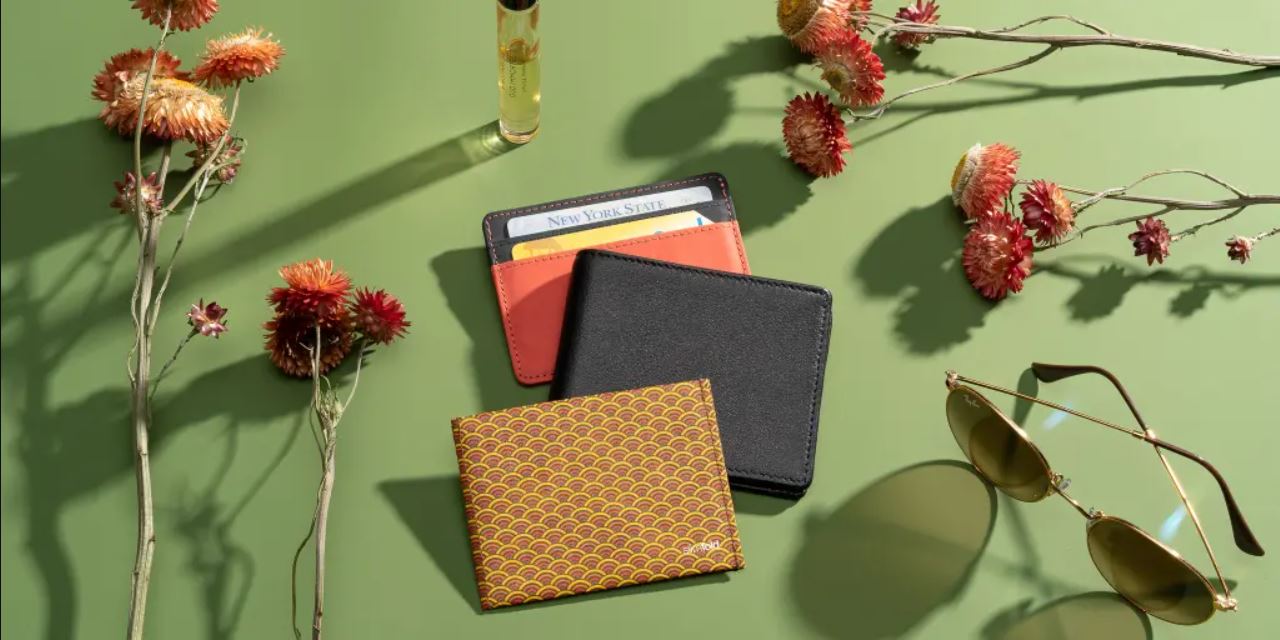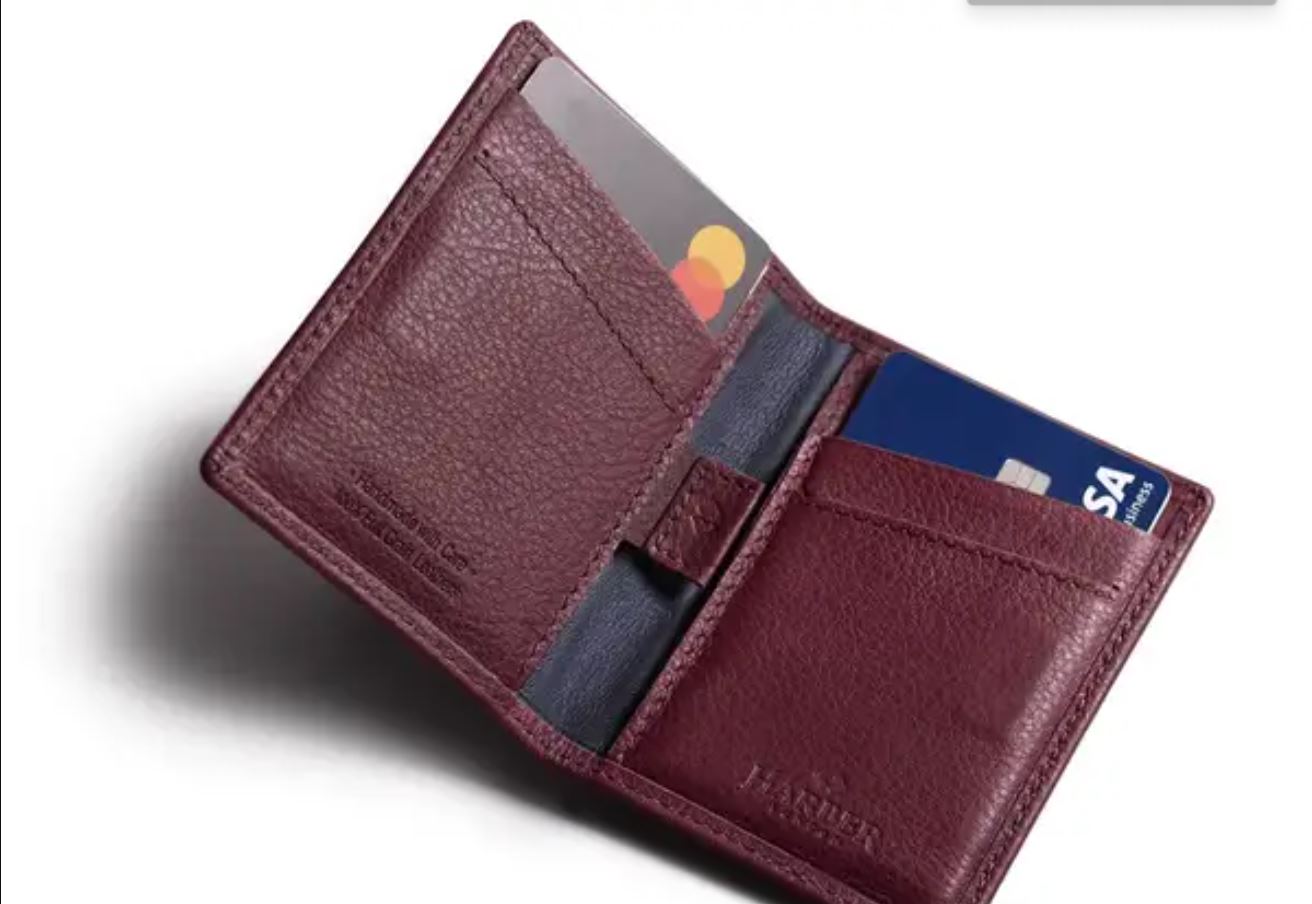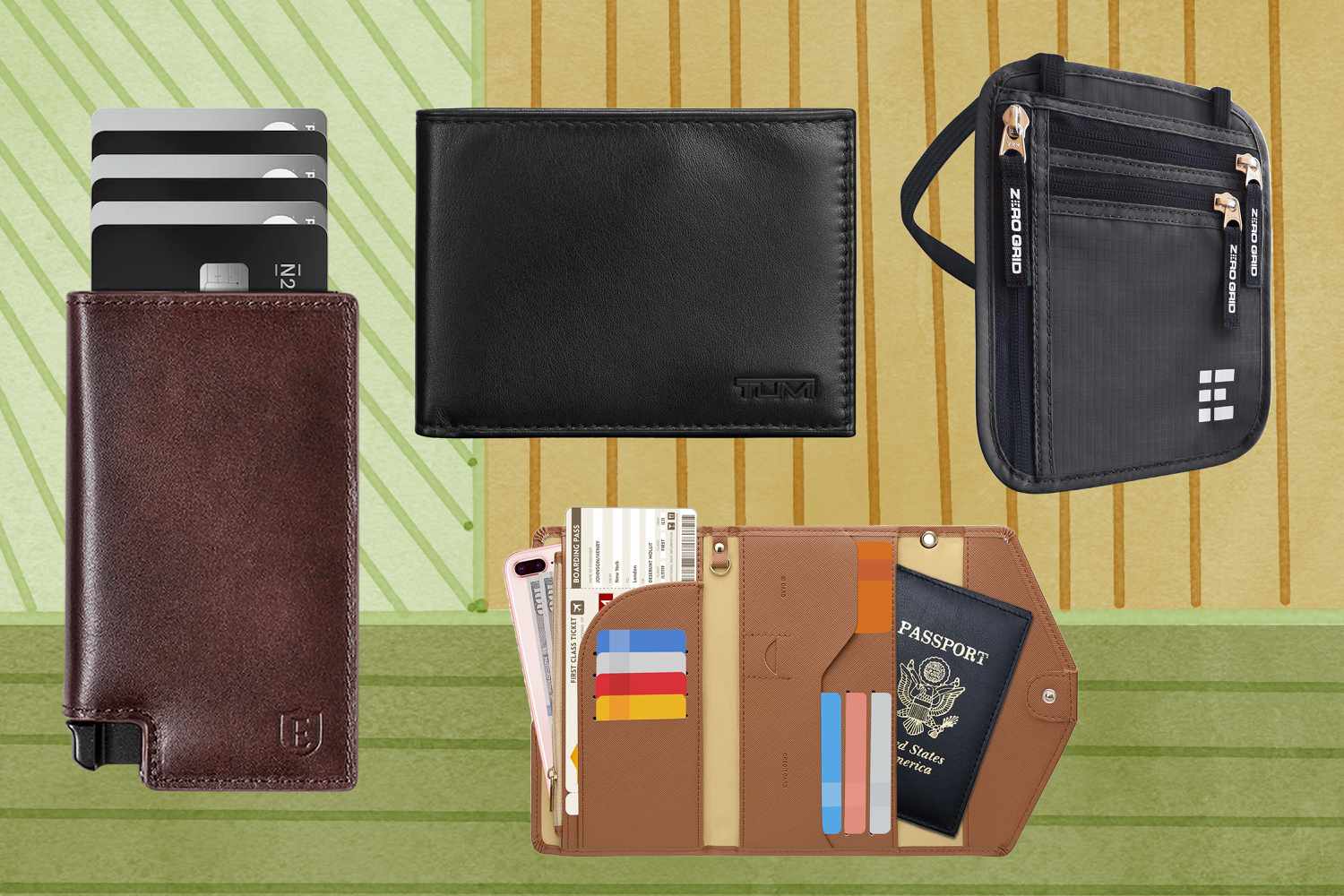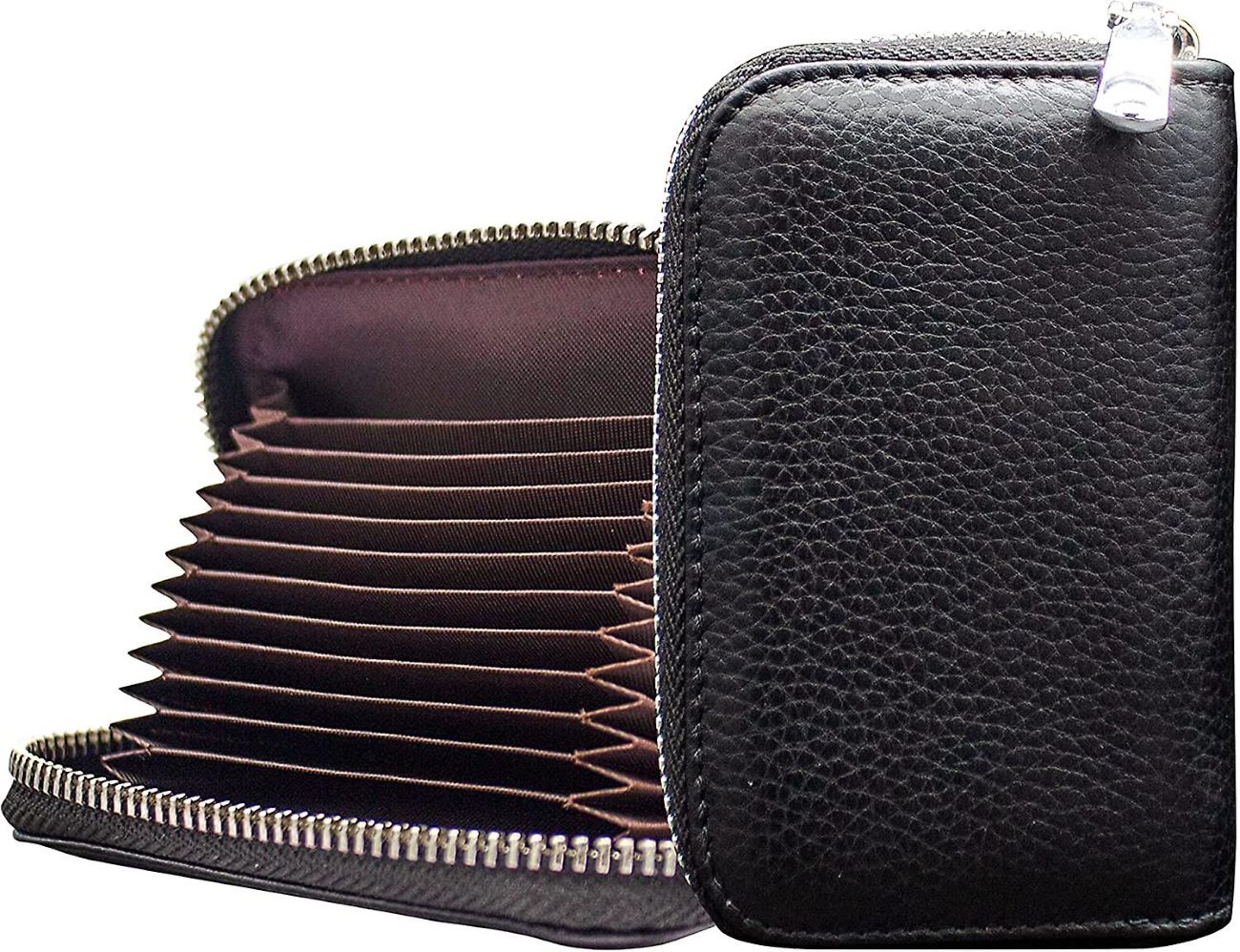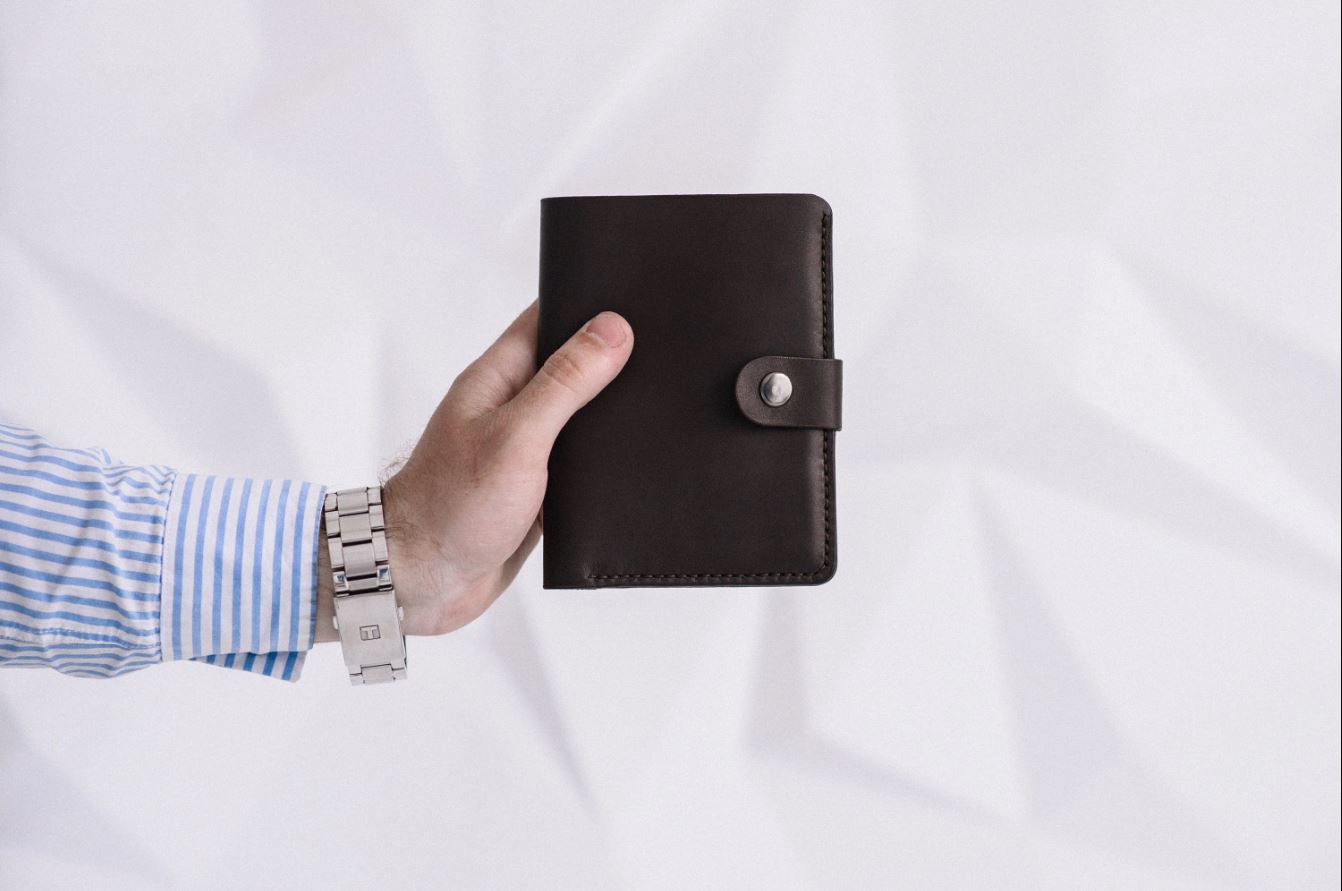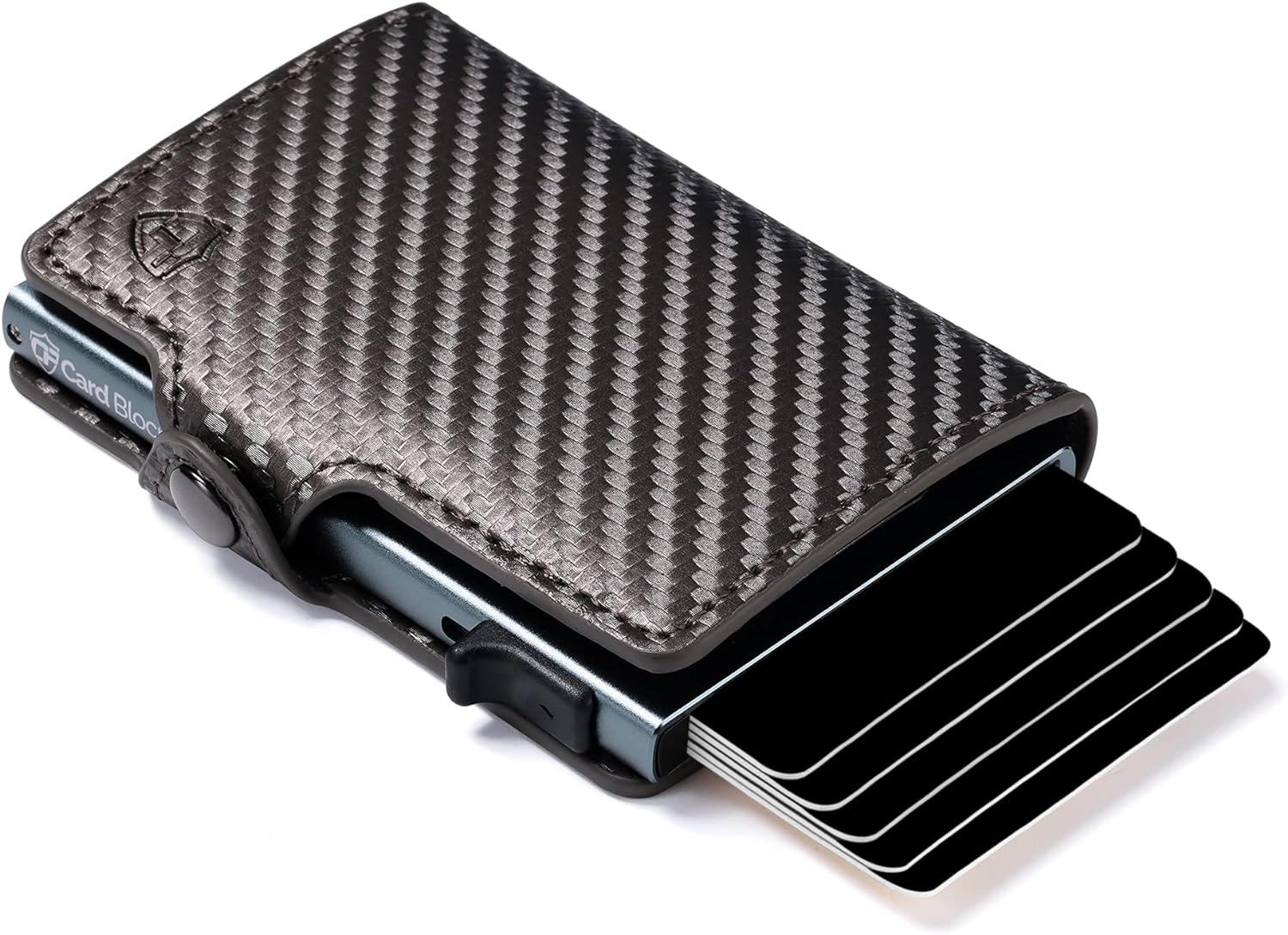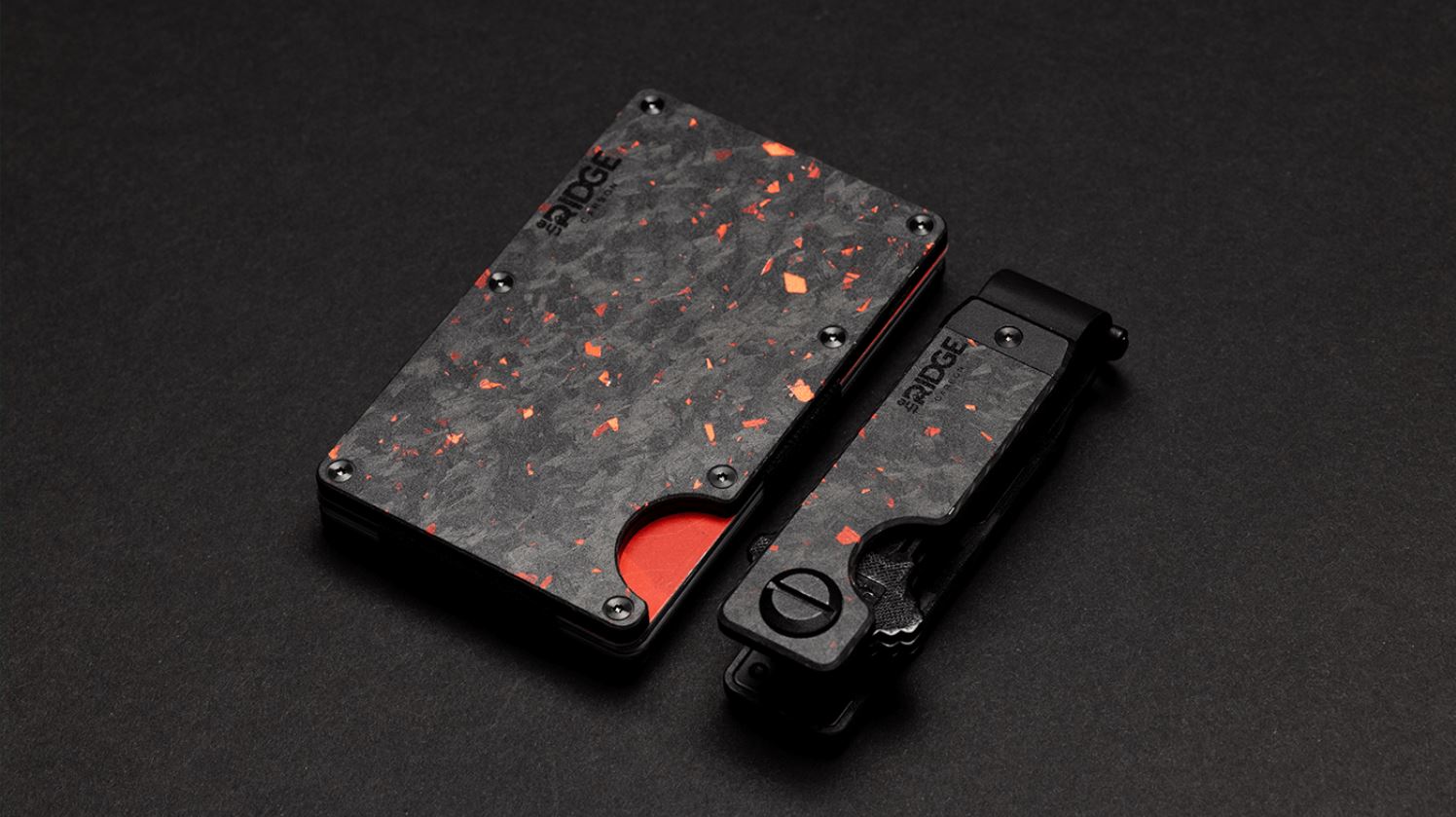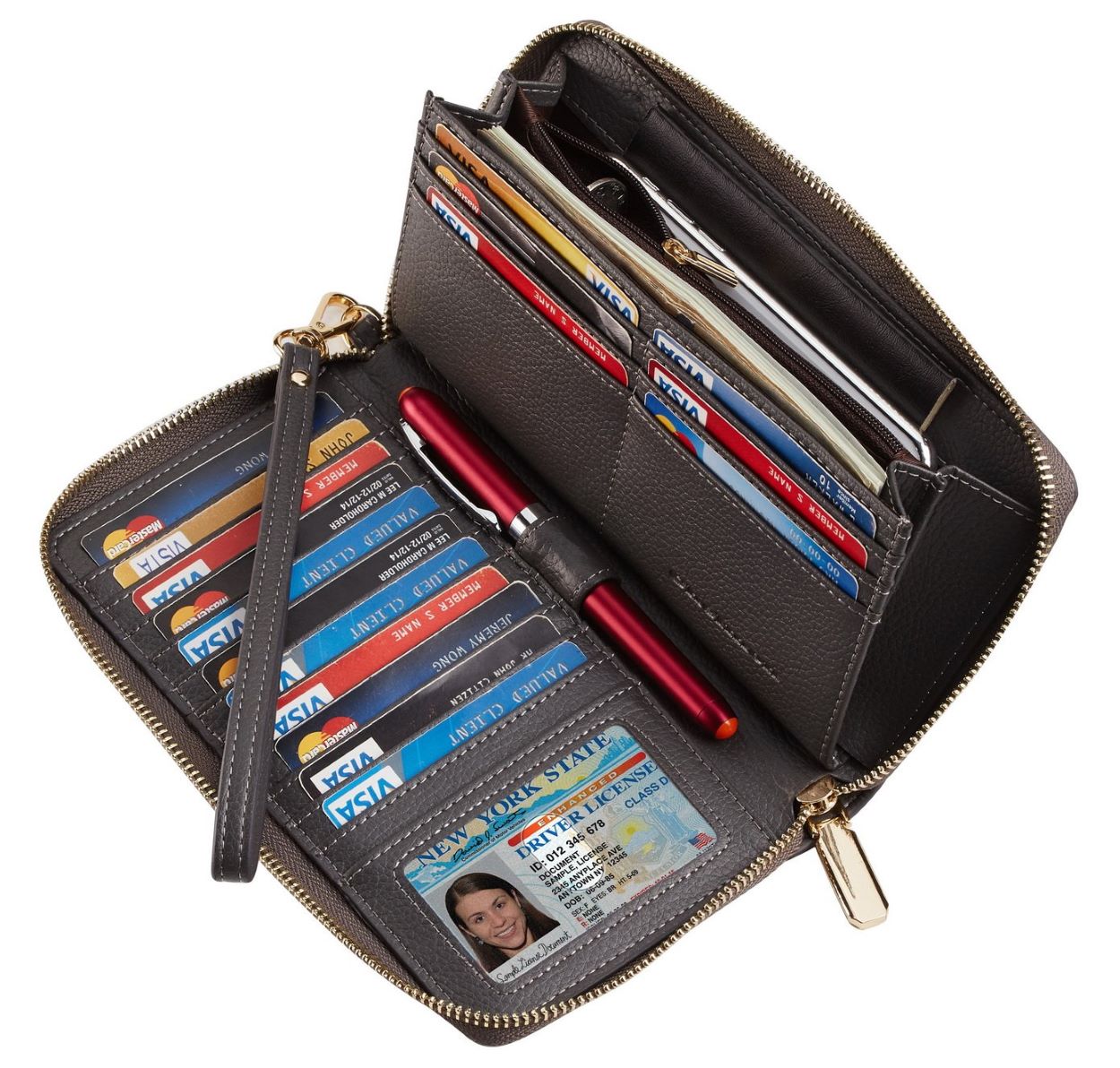What is RFID Technology?
RFID (Radio Frequency Identification) is a technology that uses electromagnetic fields to automatically identify and track tags attached to objects. These tags contain electronically stored information, allowing them to be read and accessed remotely using an RFID reader. RFID technology has become increasingly popular and is used in various industries, including retail, logistics, healthcare, and transportation.
The basic principle behind RFID technology involves the use of radio waves to transmit and receive data between the RFID tags and readers. The RFID tags consist of a microchip and an antenna, which work together to store and transmit information. The readers emit radio frequency signals that power the tags and capture the transmitted data.
Unlike barcodes, which require line-of-sight scanning, RFID technology enables the wireless and non-contact identification of objects. The tags can be attached to a wide range of items, such as products in a store, luggage in an airport, or access cards for secure entry. These tags can be read from a distance, making RFID technology a convenient and efficient way to track and manage inventory or access control systems.
One significant advantage of RFID technology is its ability to read multiple tags simultaneously. This feature allows for quick and accurate scanning, making it ideal for applications such as inventory management or toll collection on highways.
The development of RFID technology has led to advancements in various industries, such as supply chain management, asset tracking, and contactless payment systems. However, along with its numerous benefits, RFID technology also poses certain risks, particularly regarding security and privacy.
Understanding the fundamentals of RFID technology is essential for determining whether your wallet is RFID protected and for taking necessary measures to safeguard your personal information. In the following sections, we will explore how RFID technology works, why RFID theft is a concern, and how to determine if your wallet is RFID protected.
How Does RFID Technology Work?
RFID technology relies on a combination of radio waves, tags, and readers to enable the transmission and retrieval of data. The process involves the following steps:
- Tag Initialization: Each RFID tag contains a unique identification number or code that is programmed into its microchip. This code is typically stored electronically and can be read by an RFID reader.
- Passive vs. Active Tags: There are two main types of RFID tags: passive and active. Passive tags do not have a power source of their own and instead rely on the radio waves emitted by the reader to power them. Active tags, on the other hand, have their own power source, allowing them to transmit signals over longer distances.
- Reader Emission: The RFID reader emits radio frequency signals in the form of electromagnetic waves. These waves activate the passive tags in close proximity and power them up. Active tags, however, are always powered on and ready to transmit signals.
- Tag Response: Once powered, the RFID tags respond to the signals from the reader by transmitting their unique identification number or code back to the reader. This response is done through the tag’s built-in antenna, which captures and transmits the signals.
- Data Capture: The RFID reader captures the response signals from the tags and converts them into readable information. This information can include the tag’s unique identification code, as well as any additional data that was programmed into the tag.
- Data Processing: The captured information is then processed by the RFID reader, which can perform various tasks based on the application. This can involve updating an inventory database, granting access to secured areas, or triggering specific actions based on the captured data.
Overall, RFID technology provides a seamless and efficient way of automatically identifying and tracking objects. Its ability to read multiple tags simultaneously and its non-contact nature make it ideal for a wide range of applications. However, it is important to be aware of the potential risks associated with RFID technology, particularly regarding unauthorized access and data theft. In the next section, we will discuss why RFID theft is a concern and the steps you can take to determine if your wallet is RFID protected.
Why Should I Be Concerned about RFID Theft?
RFID technology has revolutionized the way we interact with objects and access information. While it offers numerous benefits, such as convenience and efficiency, it also raises concerns about privacy and security. RFID theft, also known as electronic pickpocketing or skimming, is an emerging form of theft that exploits vulnerabilities in RFID technology.
The primary concern with RFID theft is the unauthorized scanning and retrieval of personal and financial information stored on RFID-enabled items like credit cards, passports, and access cards. Unlike traditional pickpocketing, where a physical wallet or item needs to be physically taken, RFID theft allows thieves to remotely collect sensitive data using electronic methods.
One common method used by RFID thieves is the use of portable RFID readers or scanners. These devices can capture the radio waves emitted by RFID tags, even from a short distance away. By simply getting close enough to a person carrying an RFID-enabled item, such as a wallet, an attacker can use a portable scanner to collect the data stored on the RFID tag without the victim’s knowledge.
The stolen data can then be used for various malicious purposes, such as unauthorized transactions, identity theft, or cloning of access cards. This form of theft is particularly concerning as victims often remain unaware of the breach until it is too late.
Another reason to be concerned about RFID theft is the increasing prevalence of contactless payment methods. Many credit and debit cards now come with embedded RFID technology, allowing for convenient tap-to-pay transactions. However, this convenience also comes with the risk of potential RFID theft. Without proper protection, your contactless payment card could potentially be skimmed by an attacker, leading to unauthorized transactions on your account.
With the increasing adoption of RFID technology in various aspects of our lives, it is crucial to take steps to safeguard your personal information. In the next section, we will discuss how you can determine if your wallet is RFID protected and protect yourself from RFID theft.
How to Determine if Your Wallet is RFID Protected
As RFID theft becomes more prevalent, it is important to ensure that your personal information remains secure. One effective way to protect yourself is by using an RFID-protected wallet. Here are several ways to determine if your wallet is RFID protected:
- Look for an RFID Logo or Label: Many manufacturers are now including RFID protection in their wallets and will indicate this with an RFID logo or label. Check the exterior or interior of your wallet for any such indication. This logo or label typically signifies that the wallet includes a built-in RFID-blocking material or lining.
- Check the Wallet Material: RFID-protected wallets often utilize special materials that block or interfere with radio waves. RFID-blocking materials, such as metalized fabrics or carbon fibers, are designed to create a shield that prevents radio frequencies from reaching the RFID tags stored within your wallet. If your wallet is made from such materials, it is likely RFID protected.
- Test it with an RFID Reader: If you want to be absolutely certain about your wallet’s RFID protection, you can test it using an RFID reader. Obtain an RFID reader and bring it close to your wallet, making sure to position it directly over where you store your RFID-enabled items. If the reader fails to scan any data, it indicates that your wallet is providing the necessary blocking or interference to protect against RFID theft.
By determining if your wallet is RFID protected, you can have peace of mind knowing that your personal information is safeguarded from potential thieves and unauthorized scanning.
If you discover that your current wallet does not have RFID protection, don’t worry. There are still other ways to protect yourself from RFID theft, even without an RFID-protected wallet. In the following section, we will discuss additional measures you can take to safeguard your personal information.
Look for an RFID Logo or Label
When it comes to determining if your wallet is RFID protected, one of the simplest and easiest methods is to look for an RFID logo or label. Many manufacturers now include these indicators to inform consumers that their wallets provide RFID protection.
The RFID logo or label is typically positioned on the exterior or interior of the wallet, making it easily visible to users. It can take various forms, such as a small graphic or symbol that resembles radio waves or a text label indicating RFID protection.
By including this logo or label, wallet manufacturers aim to assure customers that their products are equipped with RFID-blocking technology or materials. This technology works by creating a shield against radio frequencies, preventing RFID tags stored inside the wallet from being remotely scanned or skimmed by unauthorized devices.
When examining your wallet, carefully inspect both the exterior and interior surfaces for any signs of an RFID logo or label. This may be positioned on a dedicated pocket or compartment specifically designed to hold RFID-enabled cards or throughout the entire wallet’s material. The presence of an RFID logo or label is a strong indication that your wallet is designed to protect your personal information from RFID theft.
Keep in mind that while the presence of an RFID logo or label suggests your wallet is RFID protected, it is important to verify its authenticity by purchasing from reputable brands or trusted retailers. This will ensure that you are indeed getting a genuine RFID-protected wallet that provides the necessary shielding against potential RFID theft.
However, if your current wallet does not have an RFID logo or label, it does not necessarily mean that it lacks RFID protection. Some manufacturers may incorporate RFID-blocking materials without explicitly indicating it on the wallet. In such cases, you may need to explore alternative methods to determine if your wallet is RFID protected, such as checking the wallet material or testing it with an RFID reader.
Remember, with the increasing prevalence of RFID theft, it is essential to take proactive measures to safeguard your personal information. Determining if your wallet is RFID protected is a crucial step in ensuring the security of your RFID-enabled cards, passports, and other valuable items.
Check the Wallet Material
Another method to determine if your wallet is RFID protected is by examining the materials used in its construction. RFID-protected wallets often utilize special materials that are designed to block or interfere with radio waves, thus preventing unauthorized scanning of RFID-enabled items.
One common material used in RFID-protected wallets is metalized fabric. This fabric contains a layer of metallic material, such as aluminum or copper, that acts as a shield against radio frequencies. The metalized fabric creates a Faraday cage effect, which blocks the passage of electromagnetic waves and prevents them from reaching the RFID tags stored in your wallet.
In addition to metalized fabric, some RFID-protected wallets feature carbon fiber materials. Carbon fiber is known for its excellent conductivity and high strength-to-weight ratio. It can effectively block radio waves and provide a barrier against RFID scanning.
When examining your wallet’s material, pay close attention to any visible signs of metalized fabric or carbon fiber. Check the interior lining, the pockets, and the outer casing of the wallet. If you notice the presence of these materials or any other materials known for RFID-blocking properties, it is likely that your wallet provides RFID protection.
However, it is worth noting that not all RFID-protected wallets have visible material indicators. Some manufacturers incorporate RFID-blocking materials without a discernible change in appearance or texture. In such cases, it may be necessary to rely on other methods, such as testing your wallet with an RFID reader, to confirm its RFID protection.
Remember, the purpose of checking the materials used in your wallet is to ensure that they provide the necessary blocking or interference to protect against RFID theft. If you are uncertain about the materials used in your wallet or if it lacks a clear indication of RFID protection, consider exploring alternative methods or investing in a verified RFID-protected wallet to safeguard your personal information.
Protecting yourself from RFID theft is crucial as the risk of unauthorized scanning continues to grow. By checking the wallet material, you can take a proactive step in mitigating the potential risks associated with RFID-enabled cards, access cards, and other valuable items you carry with you every day.
Test it with an RFID Reader
If you want to verify if your wallet is truly RFID protected, you can perform a simple test using an RFID reader. An RFID reader is a device that can detect and read the information stored on RFID tags. By conducting this test, you can determine whether your wallet provides the necessary blocking or interference to protect your RFID-enabled items from unauthorized scanning.
To conduct the test, follow these steps:
- Obtain an RFID reader: You can purchase or borrow an RFID reader specifically designed for scanning RFID tags. Ensure that the reader you choose is compatible with the type of RFID technology used in your cards or items.
- Choose a suitable location: Find a quiet and interference-free area to perform the test. This will minimize any potential signal disruptions and provide accurate results.
- Place your wallet near the RFID reader: Position your wallet directly in front of the RFID reader, making sure that the area where you store your RFID-enabled items, such as cards or passports, is facing the reader’s scanning field.
- Activate the RFID reader: Turn on the RFID reader and bring it close to your wallet. The reader should be in direct contact with the area where the RFID-enabled items are stored.
- Monitor the reader’s response: As the reader scans the area, observe its response. If the reader fails to detect any RFID signals or retrieve any information from your wallet, it indicates that your wallet is providing the necessary blocking or interference to protect against RFID theft.
It is important to keep in mind that the success of the test may vary depending on the particular RFID technology used in your cards or items, as well as the effectiveness of your wallet’s RFID protection. Some wallets may provide partial protection, while others may offer complete protection against RFID theft.
If the RFID reader successfully retrieves information from your wallet, it could suggest that your wallet lacks RFID protection or that the protection may be inadequate. In such cases, consider investing in an RFID-protected wallet or taking additional steps to safeguard your RFID-enabled items, such as using RFID-blocking sleeves or wallets.
By conducting this test with an RFID reader, you can gain more certainty about the RFID protection provided by your wallet and take appropriate measures to enhance your personal information security.
Other Ways to Protect Yourself from RFID Theft
In addition to using an RFID-protected wallet, there are several other measures you can take to further protect yourself from RFID theft:
- RFID-Blocking Sleeves or Pouches: Consider using RFID-blocking sleeves or pouches for your RFID-enabled cards or passports. These specially designed sleeves are made from materials that block or interfere with radio waves, preventing unauthorized scanning. Simply place your cards or passport inside the sleeve or pouch to create an extra layer of protection.
- Minimize Contactless Card Usage: While contactless payment cards offer convenience, it’s advisable to minimize their usage, especially in high-risk situations. Instead, opt for traditional card swiping or chip-insertion when making transactions to reduce the risk of RFID theft.
- Keep Physical and Digital Security Measures: It is essential to maintain good physical and digital security practices. Regularly inspect your wallet and cards for any signs of tampering or damage. Additionally, stay vigilant while making online transactions and be cautious about sharing sensitive information.
- Enable Card Notification Alerts: Many banks now offer notification services that alert you of any transactions made with your cards. Enable these notifications to receive real-time alerts, enabling you to quickly detect any unauthorized activity on your accounts.
- Be Aware of Your Surroundings: Stay mindful of your environment, especially in crowded areas or public transit, where RFID theft is more likely to occur. Keep your wallet close to your body, preferably in inner pockets, and avoid leaving it unattended or in easily accessible locations.
- Regularly Monitor Your Accounts: Regularly review your bank statements, credit card transactions, and online account activities to identify any suspicious transactions. Report any unauthorized charges immediately to your financial institution to mitigate potential damages.
Remember, RFID theft is a growing concern, but by implementing these additional protection measures, you can significantly minimize the risk of unauthorized access to your personal information.
It is important to stay informed about the latest trends in RFID technology and the evolving methods employed by RFID thieves. By staying proactive and taking appropriate steps to protect yourself, you can enjoy the convenience of RFID-enabled items while safeguarding your personal and financial information.
Conclusion
RFID technology offers numerous benefits in terms of convenience and efficiency, but it also presents risks when it comes to security and privacy. Protecting yourself from RFID theft is crucial in this digital age. By following the steps outlined in this article, you can determine if your wallet is RFID protected and take appropriate measures to safeguard your personal information.
First, look for an RFID logo or label on your wallet, as this is an indication that it provides RFID protection. Additionally, check the wallet material for features such as metalized fabric or carbon fiber, which can block radio waves and prevent unauthorized scanning.
If you want to be certain about your wallet’s RFID protection, use an RFID reader to test it. Monitor the reader’s response and ensure that it does not detect any RFID signals from your wallet, indicating that it provides the necessary blocking or interference.
However, even if your wallet is not RFID protected, there are other measures you can take to safeguard your personal information. Utilizing RFID-blocking sleeves or pouches, minimizing contactless card usage, and practicing good physical and digital security are among the steps you can implement to enhance your protection.
Remember to stay vigilant, be aware of your surroundings, and regularly monitor your accounts for any suspicious activity. By staying informed and proactive, you can significantly reduce the risk of RFID theft and protect your personal and financial information.
As technology continues to evolve, it is essential to stay informed about advances in RFID technology and potential security threats. By staying educated and taking necessary precautions, you can enjoy the convenience of RFID-enabled items while keeping your personal information safe.







